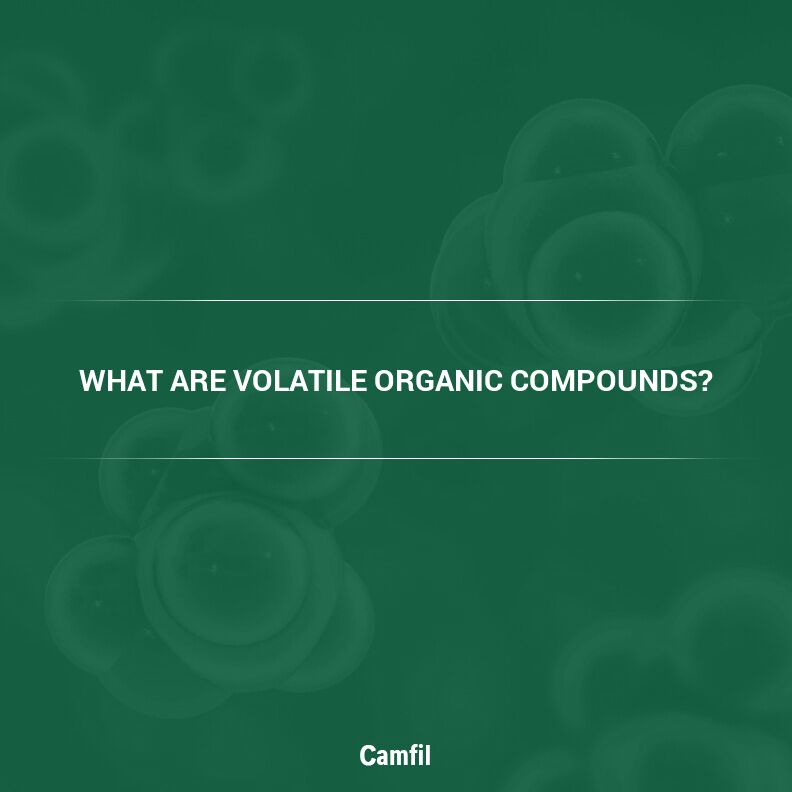
Volatile Organic Compounds Explained: FAQs Answered by Camfil Indoor Air Quality Specialists
Volatile Organic Compounds (VOCs) are a group of chemicals that easily become vapors or gases at room temperature. They are found in many everyday products, from paints and cleaning supplies to building materials and furnishings. Understanding VOCs is crucial for maintaining indoor air quality, as their presence can significantly impact health and well-being. This document aims to answer frequently asked questions about VOCs, providing insights from Camfil’s indoor air quality specialists to help building managers create safe, healthy indoor environments for employees and guests.
What Are Volatile Organic Compounds?
The term volatility is used in chemistry to describe how easily a chemical or substance vaporizes (turns into its gaseous state without a chemical reaction taking place). The more volatile a chemical is, the easier it is for it to turn into a gas, and the more likely it is to exist as a gas than as a solid or a liquid. The volatility of any given chemical has no specific numerical value or unit of measurement of its own and is instead related to the boiling point and molecular weight of the chemical.
An organic compound is a term used to describe any molecule containing carbon and at least one other element. Volatile organic compounds, therefore, are carbon-based molecules that evaporate rapidly at room temperature. If you have ever handled mineral spirits (benzene), the fumes it emits immediately are the liquid benzene evaporating into a gas; its volatility is...
Read Full Story: https://cleanair.camfil.us/2024/07/17/volatile-organic-compounds-explained-faqs-answered-by-camfil-indoor-air-quality-specialists/
Your content is great. However, if any of the content contained herein violates any rights of yours, including those of copyright, please contact us immediately by e-mail at media[@]kissrpr.com.